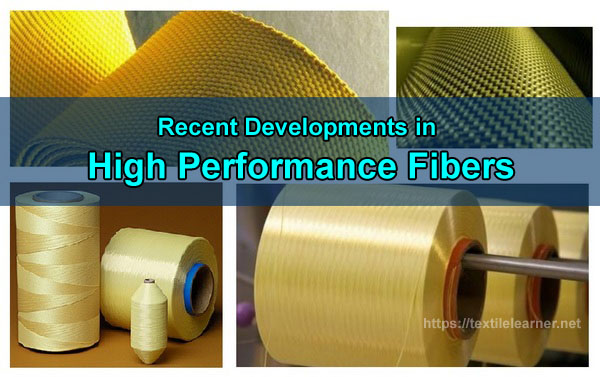Introduction to High-Performance Fibers
As consumer demands evolve and activities diversify, the textile industry has galvanized to incorporate functionality into the fabric. High-performance fibers, particularly an innovative material known as elastane fabric, are at the forefront of this revolution. Unlike traditional fabrics, elastane offers enhanced stretchability without losing form, making it a staple in activewear and fashion. Its introduction has brought many benefits, from improved garment longevity to comfort and breathability, thus setting new benchmarks in fabric performance.
History and Evolution of Textile Fibers
From the flax and wool used in ancient civilizations to the silk and cotton prized in different cultures, the journey of textile fibers has been long and varied. The invention of nylon in the 20th century marked a significant turning point in this journey, introducing the world to the prospects of synthetic materials. This innovation spurred an ongoing quest to enhance the capabilities and qualities of fibers. Since then, synthetic fibers with distinct qualities that have improved the functionality of regular fabrics like polyester, nylon, and elastane have established themselves as industry staples.
Key Takeaways:
- High-performance fibers like elastane revolutionize fabric functionality.
- Technological advancements facilitate the evolution of textiles from natural to synthetic.
- Sustainable development is critical in modern high-performance fiber production.
- Consumer awareness about fabric labels leads to informed clothing choices.
- Continuous innovation promises an exciting future for textile sciences.
The Science Behind High-Performance Fibers
High-performance fibers derive strength from their molecular structure, engineered with precise control over their polymer arrangements. These fibers offer a range of functions, including exceptional strength, elasticity, and resistance to wear and tear. The fine-tuning of fiber characteristics through advanced science and technology allows manufacturers to tailor materials for specific uses, whether for the elasticity required in swimwear or the robustness needed for outdoor gear. This scientific approach ensures that performance fibers meet exacting standards across various applications.
Benefits of High-Performance Fibers in Apparel
Apparel crafted with high-performance fibers such as elastane facilitates an active lifestyle without compromising comfort or appearance. Integrating these fibers into fabric enhances not just the fit and flexibility but also the functional traits of the cloth. Moisture-wicking properties help maintain optimal body temperature during intensive activities. In contrast, the fabric’s ability to maintain its shape over time reduces the need for frequent replacements, providing economic and ecological benefits. These attributes have propelled high-performance fibers into a critical ingredient for modern, quality apparel.
High-Performance Fibers and Sustainability
Tackling the grand challenge of sustainability, researchers and manufacturers are pioneering the development of high-performance fibers that do not adversely impact the environment. This balance is vital in a world increasingly focused on reducing ecological footprints. Innovations such as biodegradable elastane and recycled performance fabrics are gaining traction, reflecting an industry-wide commitment to sustainability. Sustainable high-performance fibers are not a distant dream but a rapidly advancing reality, aiming to offer consumers responsible choices without sacrificing quality or functionality.
The Future of Fabrics: Where High-Performance Fibers Are Headed
The textile world is ripe for exciting developments in high-performance fibers. The industry is currently creating fabrics with even greater multi-functionality and environmental friendliness. The ongoing investment in research and development plays a pivotal role in this progression, with active collaborations across scientific disciplines. Advanced research into new textile technologies ensures that future fabrics will continue exceeding consumer expectations in performance and sustainability.
Consumer Education: Understanding Fabric Labels
Equipping buyers with the knowledge to decipher fabric labels is essential to fostering informed decisions. Comprehending the significance of terms such as ‘moisture-wicking’ or ‘UV protection’ aids consumers in selecting apparel that suits their lifestyle and environmental conditions. This education also underlines the benefits of investing in high-quality, high-performance garments, leading to more satisfaction and less waste. By understanding the attributes of different fibers, shoppers can prioritize comfort, longevity, and environmental impact in their clothing choices.
The Intersection of Fashion and Functionality
Fashion no longer solely revolves around aesthetics; it is increasingly interwoven with technological textile advancements. Designers and brands consciously blend high-performance fibers with creative design elements to produce garments that make style statements while delivering practical benefits. This fusion speaks volumes about how the once parallel paths of fashion and utility have converged, culminating in apparel that is as fashionable as it is functional.
Maintenance and Care for High-Performance Fiber Apparel
Care instructions for garments made with high-performance fibers are crucial in preserving their unique properties. For instance, due to the structural composition of elastane, exposure to high temperatures and harsh chemicals can degrade its elasticity. Thus, adhering to the recommended washing and drying guidelines safeguards the long-term performance of these textiles. By following appropriate care routines, consumers can maintain the integrity of their performance apparel, ensuring it maintains its functional advantages wear after wear.
Embracing the transformative power of high-performance fibers allows us to envision a world where our clothing not only fits our bodies but also our multifaceted lives. These fibers, products of human ingenuity and nature conservation, are setting a new standard in what we wear. As they evolve with us, they redefine comfort, durability, and respect for the planet, shaping a better future for the textile industry and those in clothes.





